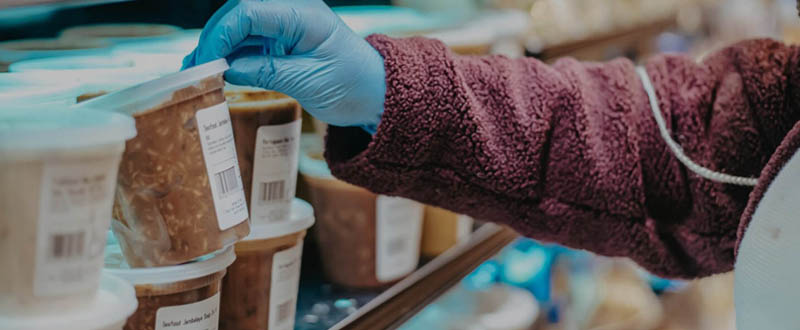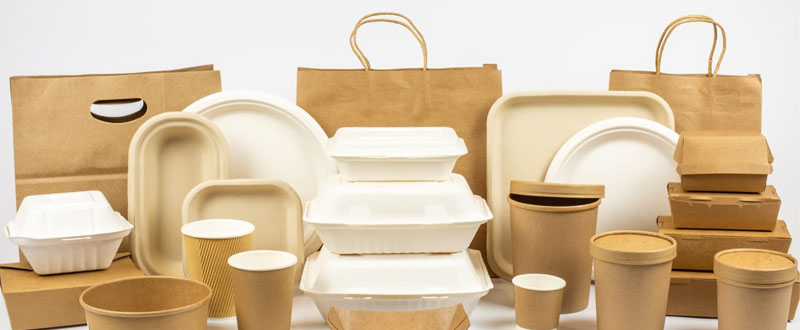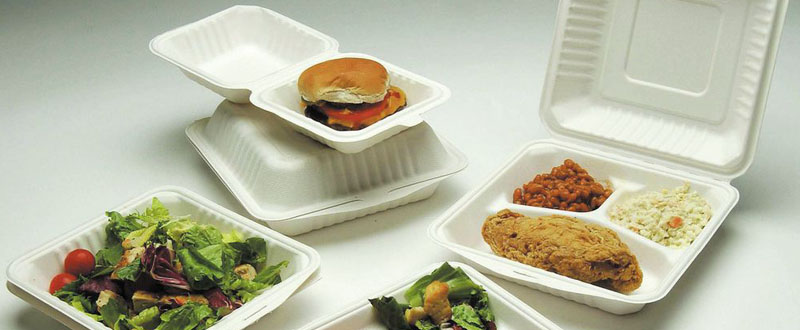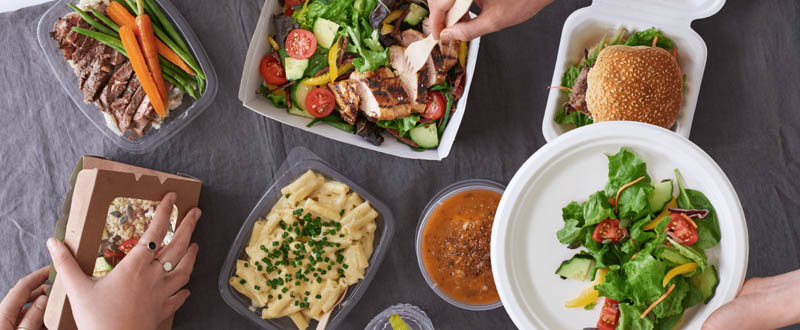As the pace of people’s life is getting faster, disposable food packaging has brought great convenience to people’s life. For the catering industry, the use of disposable food packaging means that the number of people is reduced, and the effect of cost reduction is achieved. There is no need to hire people to wash the dishes and cleaning up the table is simple, all the things just thrown into the garbage can after being used, how convenient and fast!
What are disposable food packaging?
Packaging is like the close-fitting clothing of food, It not only plays the role of protecting food from the contamination or destruction of external factors, but also facilitates the storage of food, transportation, and sales. In most cases, the unique beautiful appearance of food packaging also attracts the attention of consumers, causing consumers to buy desire. Food packaging has become an integral part of food in modern society.
Types of disposable food packaging
Disposable food packaging can be made from many materials, each with its uses and benefits.
1.Plastics

Plastics are light, inexpensive, and can maintain the temperature of hot/cold food and beverages, among other features.
Food grade plastics are divided into: PET (polyethylene terephthalate), HDPE (high density polyethylene), LDPE (low density polyethylene), PP (polypropylene), PS (polystyrene), PC and other categories.
Many plastics are labeled with SPI recycling codes for identification.
2.Paper

Paper food packaging with pulp and cardboard as the main raw materials, the raw materials used are renewable plants such as wood and bamboo, and it is also used of plant fibers as reed, bagasse, cotton stalk and wheat straw, these are be recycled, and can be buried or incinerated, will not cause serious environmental pollution, have a high environmental protection value.
3.Foam

Foam food packaging is mostly made of polyvinyl chloride. Because the foam has the advantages of light weight, impact resistance, easy molding, low price and wide use, it is favored by the transportation and packaging industry.
It is an indispensable container for seafood freezing, vegetable preservation, foam insulation box, cold and so on. However, if this material is not treated after use, it will bring long-term environmental problems to humans.


